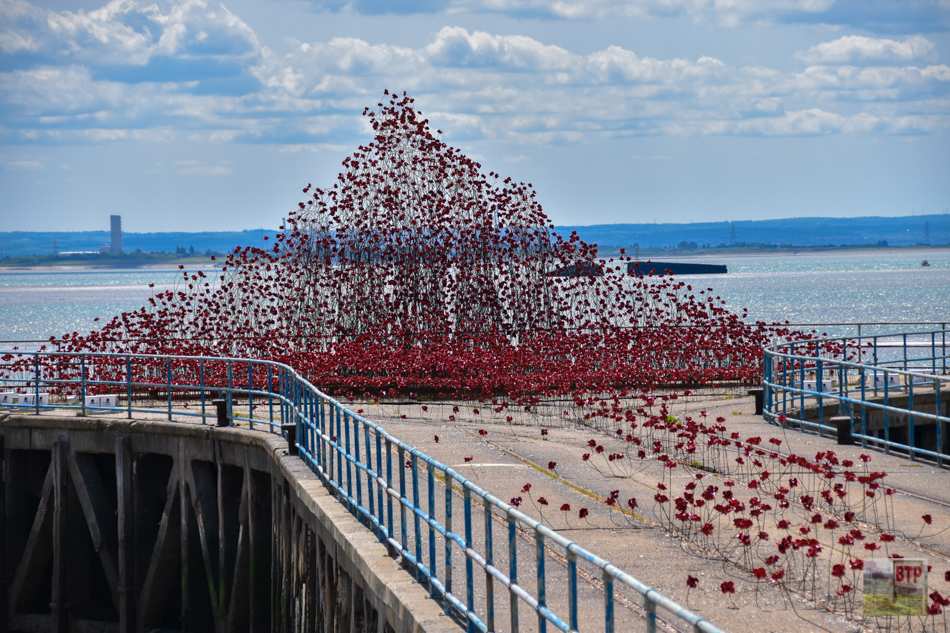
Why do Joe and I continue to run Beyond the Point, some seven years after its creation? After all, we earn no money from our work and fit it in entirely in our own free time. Because it is a past-time we enjoy and because we want to educate others about their secret local heritage and share our adventures – these are all obvious reasons. But another major reason why we continue to produce our content is to honour the often-unsung stories of those that came before us, born into some of mankind’s most testing times. As historic sites fall to ruin, or are demolished, so to are the legacies of those who gave so much. It is these stories that shape our localities today that often are overlooked and forgotten. People live on through places, and this is why the seemingly-vacant ghostly-shells of the constructed past are important today. For the incredible sacrifices that those individuals gave many years ago, Beyond the Point is our way of giving something back as a thank you to those past generations. You shall not be forgotten.
The boys exploring First World War sites in 2014 and 2018.
Our Journey Through WW1
Back in 2014, Joe and I began a focused look at the surviving legacy of First World War heritage on the Home Front. This of course marked the start of the centenary of the conflict. We marked this by getting involved with the Imperial War Museum’s First World War Centenary Partnership upon recommendation by the military-history Bay Museum, adding us onto a list of community organisations that were contributing to the remembrance of the stories of the Great War. You can read my initial article I wrote for the IWM Partnership blog here, entitled ‘Exploring Remains of the First World War on the Home Front’. Since then we have documented many more locations important to the war effort in the South-East of England. Earlier this year, I mapped important heritage sites and locations in and around the Essex Thames-side on behalf of Southend Museums for a national mapping initiative entitled the Home Front Legacy Project. You can read more about what I got up to and my reflections on this here at Southend Museums Blog, and you can browse the heritage sites that were mapped nationally on the HFLP website here. Southend-on-Sea was unusual in that it was viciously air-raided in the First World War, and the River Thames gave rise to numerous aerodrome flying grounds, explosives and munitions factories, and air and sea defences. It was fascinating to geographically mark the impact that war had upon this area, especially when considering that Home-Front strife is usually something associated with the Second World War. It will come as a surprise to many to learn that the First World War also has a colourful story at home. Now we have reached the end of the centenary, and it has personally been thought-provoking to experience the conflict year-by-year in ‘real time’. One can only begin to realise the impact this had on human life over time, especially considering that if Joe and I were born circumstantially the same, yet one century ago, we would most likely have been fighting on the front lines and may not have came back home to continue our ventures. To have lived within 100 years of such a significant event in the history of mankind is both incredible and humbling.
Where have we explored that relates to WW1?
So what are some examples of historic sites vital to the First World War that we have explored at Beyond the Point for you to see for yourself? Cliffe explosives factory is a huge largely-remaining complex out on the Thames marshes of Kent, and we produced a video last year (watch via the link ^) looking at these fascinating remains which escaped demolition for the construction of the Thames Estuary Airport in 2003. Opposite the river in Essex is Wat Tyler Country Park, also the site of a munitions complex; the British Explosives Syndicate, too home to many surviving structures. Firing ranges used for shooting ammunition made at such sites once stood at Rainham Marshes, and you can see our video and photographs of the ruins of this via the link, also looking at a huge anti-submarine pillbox which shot down a Zeppelin attacking London in 1916. Southend was heavily attacked by Zeppelins in the Great War, as well as some of the first bomber planes, and you can find out more here about Southend in WW1. Nearby at Shoeburyness, sea-defence and experimental artillery ranges trained against the German opposition, and was also the site of the British War Dog School. We have a vlog and drone footage of the remains of the batteries coming shortly, but you can see our coverage of a Poppy Wave Memorial exhibited at the site in 2017 and of the associated Shoebury Garrison. Across the river, Grain Dummy Battery was in use at this time which we also have a video of coming soon. In South Kent, enormous concrete Sound Mirrors were constructed to listen out for enemy aircraft coming in to attack England, and you can see our pictures of many of those. Unfortunately, Britain’s anti-aircraft defences were hurried and some enemy aircraft did make it through to attack. Cleopatra’s Needle in London at Embankment displays bullet-holes in the stonework from enemy air-raid. England met these invaders in the skies with aircraft from our own aerodromes, such as that still standing at Stow Maries in Essex. You can even see some of our photos of the frontline battlefields in France today which I released commemorating the 1st day of the Battle of the Somme, and Joe’s photos of the memorial at Albert and Lochnagar crater. Follow the links on the names of the following places to see all about them.
What’s Next?
Just because the centenary has now ended does not mean we will cease to continue examining hidden Great War heritage sites. We do in fact have several places we have already explored that are waiting to be written up and shared with you all – for instance, earlier this year we managed to track down never-before documented remains of Kynoch’s Explosives Factory just north of the site of Coryton Oil Refinery, Essex, thought to be completely destroyed. This site would have produced a vast percentage of ammunition for standard-issue weaponry in use by the Army from 1914-18. We cannot wait to get these findings out to you, although as is often the case with many of our adventures also waiting in a long list, it can take some time before we have time to publish them. As mentioned in the previous paragraph, we also have videos coming soon looking at the ruins of Grain and Shoeburyness used in the Great War. Looking forward, until 2039 we will also be living 100-years on from the Interwar Period. This era witnessed huge development in home defence, mainly due to mass fear of air-raids and growing German threat, learning from the First World War’s shortcomings at home and pre-empting the Second. You can find out about many sites that emerged as a response to this here on our website. Hopefully we will still be producing content for you when 100 years is marked of the Second World War.

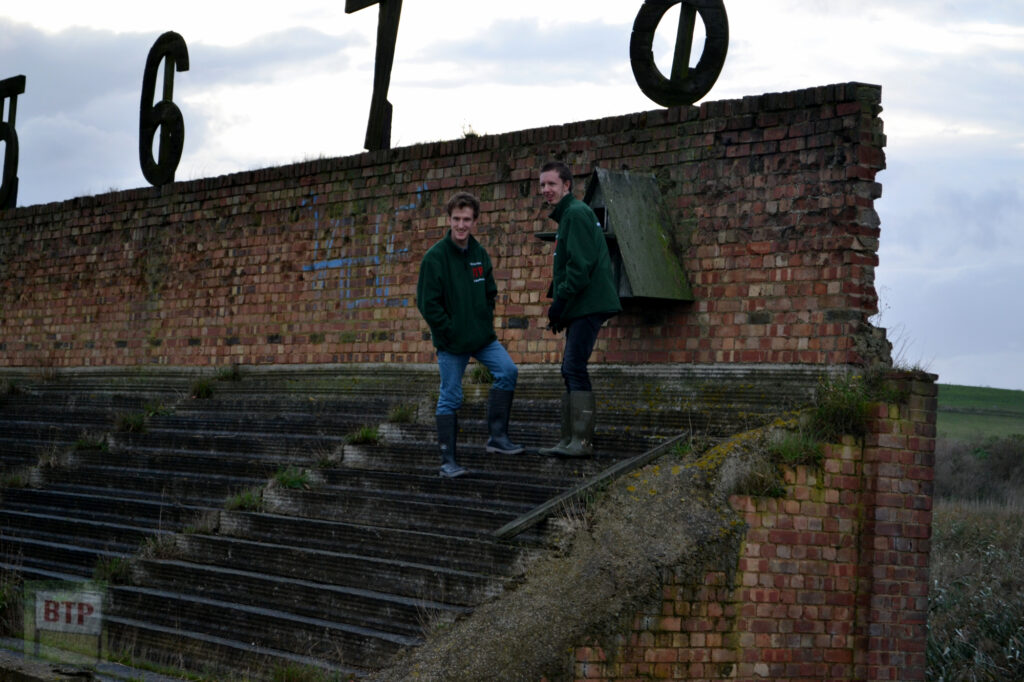
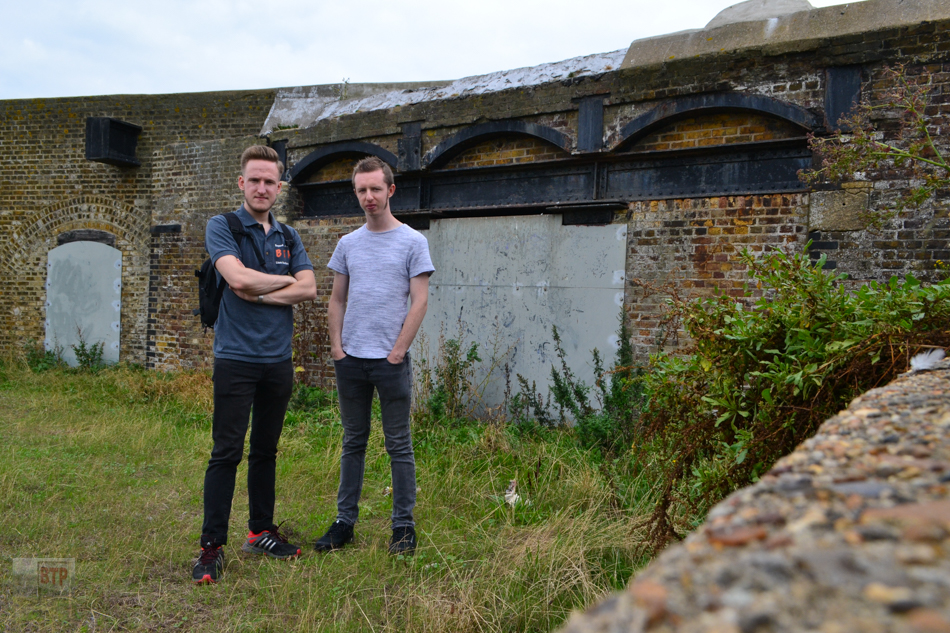

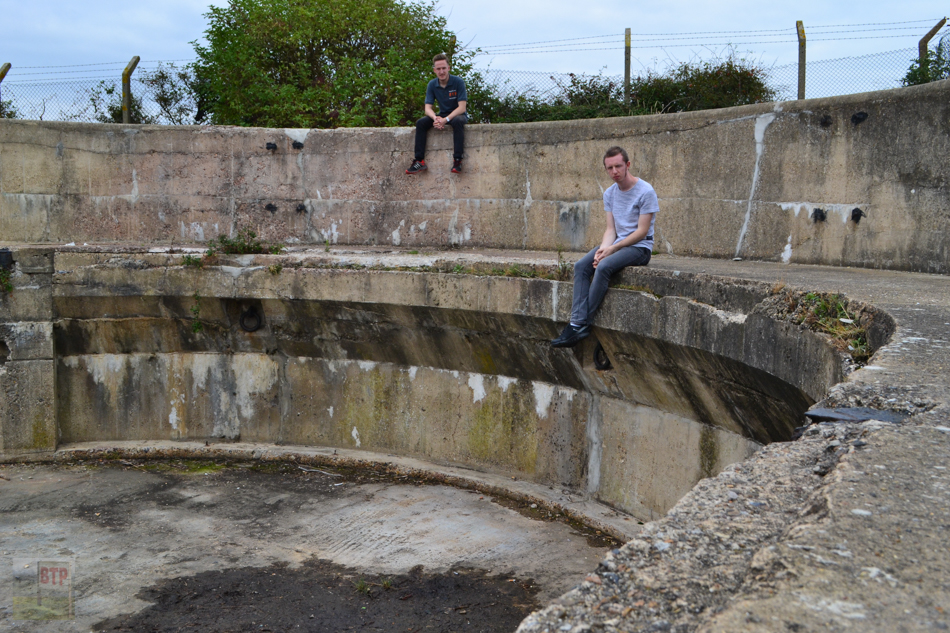
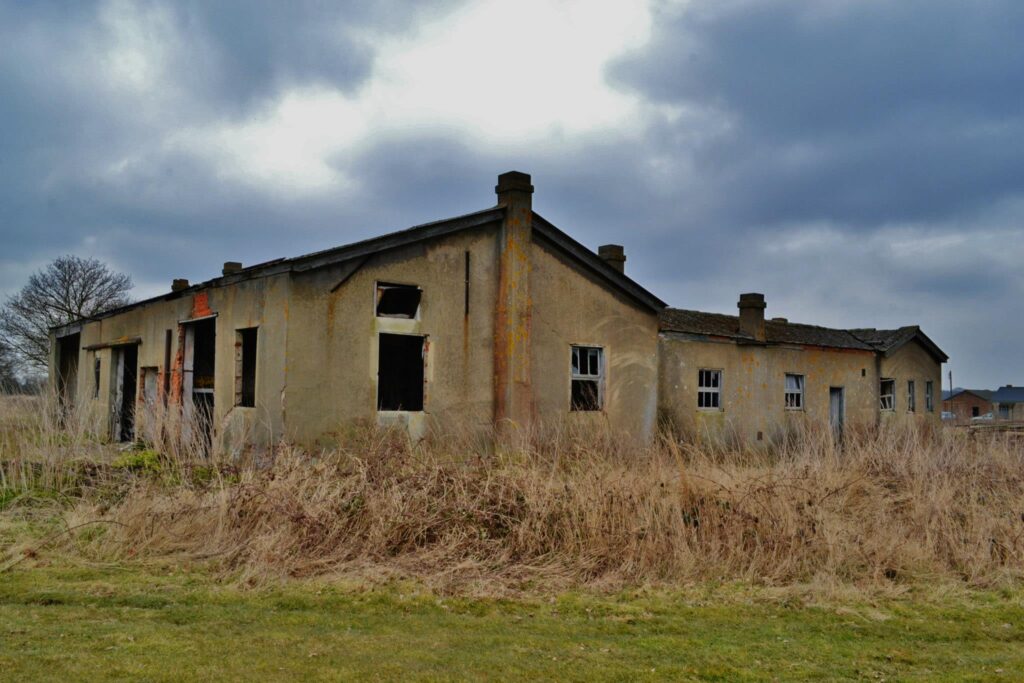
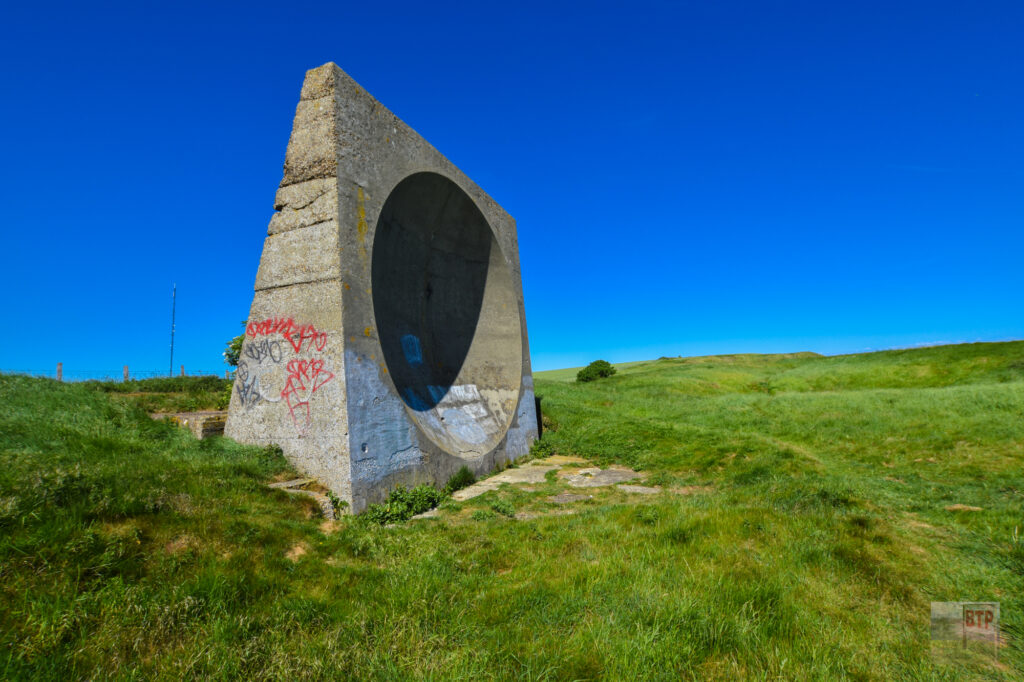
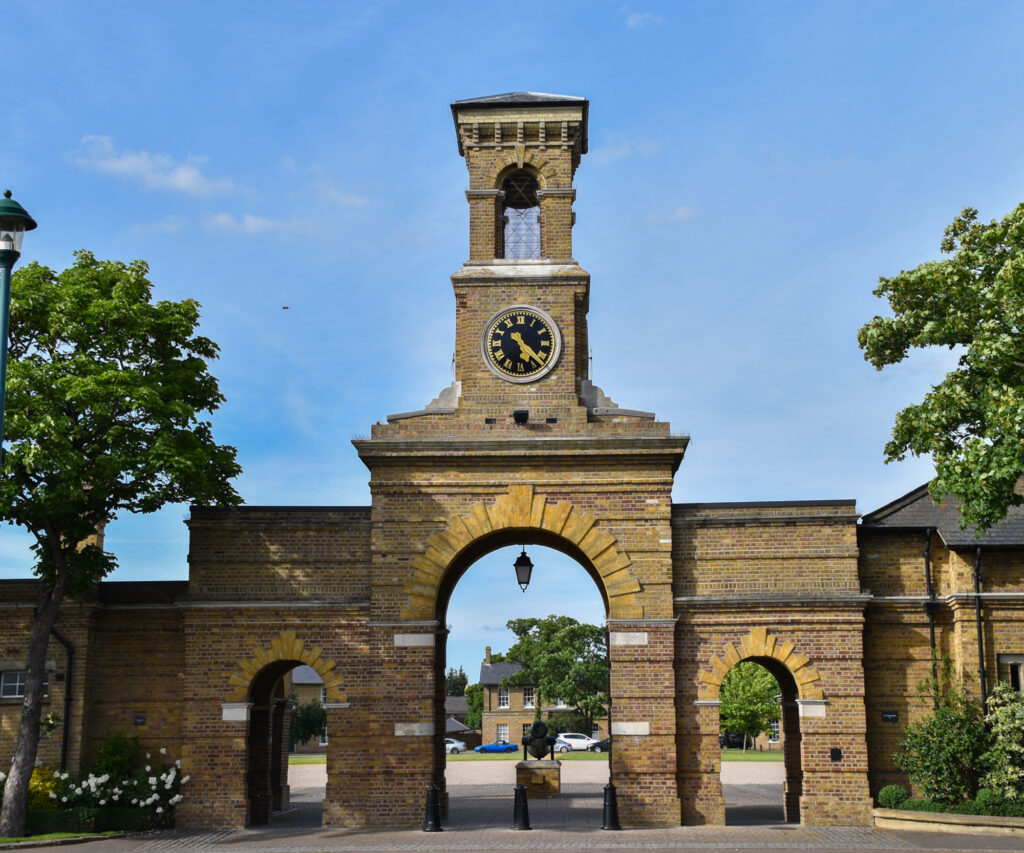








Hi Guys, love your page and keep up the good work. I happened to see the photo of what looked like the remains of what looks like the Shoebury rifle ranges. I used to shoot there on some Sundays with the Southend Sea Cadets, we used Lee Enfield 303s and shot from as far as 500yds. We also used to have do a stint as ” butt party ” nothing rude btw! This involved hauling the targets up and down, marking the last shot hole and pasting up the previous one with a raffle ticket sized patch and a pot of paste! Whilst all this was going on bullets would be whizzing overhead, occasionally one might hit the metal framework of the targets and ricochet off, sometimes landing in the butts area! No, we had no protection at all jeans and a shirt was standard wear. Consequently, me and many of my pals grew up not fearing guns or bullets very much.
One question, have you guys found the rifle ranges at Purfleet, we used to get asked to do a days butt party up there and was paid a few pounds for our efforts, but nothing for the danger though. A bottle of Tizer and a bag of Mums sandwiches kept up alive.
A scary thought !!! In those days we were allowed to take our drill rifles home from Sea Cadets, these had the firing pin removed, it would have been so easy to swap bolts or just file a nail down to fit and have a working 303 with which to shoot anyone you disliked! My how times have changed since 1962.
Hi Guys, only recently discovered your channel and the work you produce, which is so professionally done and is a great credit to both of you. I like the way you research the places and buildings visited, with the historical information presented in a nice way, unlike some channels which over dramatise their visits and have appalling music blasting away ! Keep up the excellent work and I am certainly looking forward to many more of your brilliant video’s, many thanks and take care.
Pingback: Exploring Remains of WW1 in the Thames Estuary - Beyond the Point